The man who created Paris
In the 19th Century George-Eugène Haussmann completely redesigned and rebuilt the French capital. Jonathan Glancey describes how the city of today was born.r
By Jonathan Glancey26 January 2016
Paris remains one of the world’s most visited cities, and of those tens of millions drawn to its remarkably compact centre each year, the Marais district exerts a magnetic pull. Fashionable among aristocrats before Louis XIV – the “Sun King” – moved his court from Versailles, this pungent quarter of narrow streets and jumble of historic houses and courtyards sank into near-squalor in succeeding centuries before its renaissance in recent decades as a charming labyrinth of fashion boutiques, cafés, restaurants, museums and galleries.
Walking through these lively and endearing medieval streets, it seems almost incredible that they were once considered the enemy, to be demolished in haste – and not, it has to be added, by the German military, who had less than healthy designs on Paris at various times between 1870 and 1945. No, it was none other than the Emperor of France, Napoleon III, and his Prefect for the Seine, George-Eugène Haussmann –who died 125 years ago – who had districts like the Marais in their sights.
Haussmann turned Paris into a titanic building site for 20 years
Like much of Paris, however, the Marais stank to high heaven in 1853 when the emperor instructed Haussmann to rebuild the odorous city along grand and salubrious lines. Entire medieval quarters of the city were to be razed with modern avenues taking their place. “It was the gutting of Paris,” wrote Haussmann proudly in his Memoires.
Demolition man
A public administrator with no training in architecture or urban planning, Haussmann turned Paris into a titanic building site for 20 years. Even though he was forced to resign in 1870 as the emperor faced growing criticism for excessive expenditure, work on Haussmann’s plan continued until the late 1920s.
Conceived and executed in three phases, the plan involved the demolition of 19,730 historic buildings and the construction of 34,000 new ones. Old streets gave way to long, wide avenues characterised by rows of regularly aligned and generously proportioned neo-classical apartment blocks faced in creamy stone.
Along with imperious avenues, Haussmann engineered grand squares, city parks modelled on London’s Hyde Park, a comprehensive sewage system, a new aqueduct giving wide access to fresh water, a network of underground gas pipes for lighting streets and buildings, elaborate fountains, grandiloquent public lavatories and rows of newly planted trees.
This urban infrastructure was matched by bold new railway stations – Gare du Nord and Gare de L’Est – the opulent Paris Opéra, new schools, churches, two dozen city squares, a brace of ambitious theatres at Place du Châtelet, the giant, iron-framed Les Halles food market, (Èmile Zola’s “Belly of Paris”), and the sensational network of a dozen avenues radiating from the Arc de Triomphe at the core of Haussmann’s Place de l’Ètoile.
Since renamed Place Charles de Gaulle, l’Ètoile is every foreign driver’s nightmare experience: well, you try heading into fast and furious traffic coming at you from 12 directions simultaneously while attempting to negotiate, or fight, your way around Napoleon Bonaparte’s monumental victory arch.
Rip it up and start again
No other major city, before or since, has been transformed so radically during peacetime. It employed huge numbers of skilled and unskilled workers along with architects, engineers and landscape gardeners. It restored the city to health after long decades of cholera and typhus. It gave Parisians of all classes parks to play and relax in.
Theoretically, its broad avenues allowed government troops free movement to maintain public order at times of barricades, riots and other disturbances. And, at a time when the city doubled in size and its population trebled, it gave Paris a sense of unity together with an air of bourgeois prosperity.
No other city has been transformed so radically during peacetime
What still seems astonishing is that so much of the city was demolished and reordered on what seems like the whim of an emperor and his Prefect of the Seine, Haussmann. Napoleon III, however, was following in the footsteps of his uncle, Napoleon Bonaparte, who had equally grand designs on Paris. “If only the heavens had given me twenty more years of rule and a little leisure”, he wrote in exile on Saint Helena after the Battle of Waterloo, “one would search vainly for the old Paris; nothing of it would remain but vestiges.”
In 1925, the visionary Swiss-French architect, Le Corbusier, published his Plan Voisin for Paris, a project sponsored by Gabriel Voisin, the French aviation pioneer and luxury car maker. Famously, Le Corbusier’s iconoclastic scheme envisaged the demolition of much of the city centre north of the Seine. This would be superseded by parkland sprouting a generously planted forest of high- rise concrete residential towers. Cars would speed across the city on elevated concrete roads free of pedestrians.
If Le Corbusier’s unrealised plan was considered too extreme, Haussmann’s before him was criticised, too. The renowned statesman Jules Ferry (1832-93) wrote, “We weep with our eyes full of tears for the old Paris, the Paris of Voltaire… the Paris of 1830 and 1848, when we see the grand and intolerable new buildings, the costly confusion, the triumphant vulgarity, the awful materialism that we are going to pass on to our descendants.”
His work caused more damage than 100 bombings - Réné Héron de Villefosse
Or, as the 20th-Century historian Réné Héron de Villefosse put it, thinking in particular of Haussmann’s transformation of the Île de la Cité, “the old ship of Paris was torpedoed by Baron Haussmann and sunk during his reign. It was perhaps the greatest crime of the megalomaniac prefect and also his biggest mistake… His work caused more damage than a hundred bombings.”
We’ll always have Paris
When in 1944, as Allied forces marched to liberate the city and Adolf Hitler gave orders for the wholesale demolition of Paris, the German military governor Major General Dietrich von Choltitz refused to obey. Paris was simply too beautiful to violate. Napoleon Bonaparte, Napoleon III, Baron Haussmann and Le Corbusier had not shared such precious German sentimentality.
Although bombastic, Haussmann’s monumental plan remains impressive, not least because he achieved so much so quickly to such a high, uniform standard. A public administrator by training, Haussmann was a commanding figure who, although a talented musician, was no sentimentalist. He even demolished the house he was born in – 55 rue de Faubourg-du-Roule – despite fond memories of childhood.
Haussmann was no sentimentalist – he even demolished the house he was born in
Of his first meeting with Haussmann in 1853, Napoleon III noted, “I had in front of me one of the most extraordinary men of our time; big, strong, vigorous, energetic, and at the same time clever and devious, with a spirit full of resources.” The partnership between the ambitious French emperor and his vigorous prefect was a truly remarkable one. Within a year of Haussmann’s dismissal for overspending, however, Napoleon III had fallen after France’s defeat in the Franco-Prussian War. Released from a newly unified Germany, he went into exile at Chiselhurst, Kent where he died in 1873.
After his dismissal, Haussmann was elected Bonapartist deputy for Ajaccio, Corsica, birthplace of Napoleon Bonaparte. He found time to write three volumes of self-serving memoirs. These might be largely unread today, yet his memory lives on powerfully today in the new Paris he shaped – and in cities like Barcelona that followed his lead – if not in the narrow, but much-loved streets of the Marais.
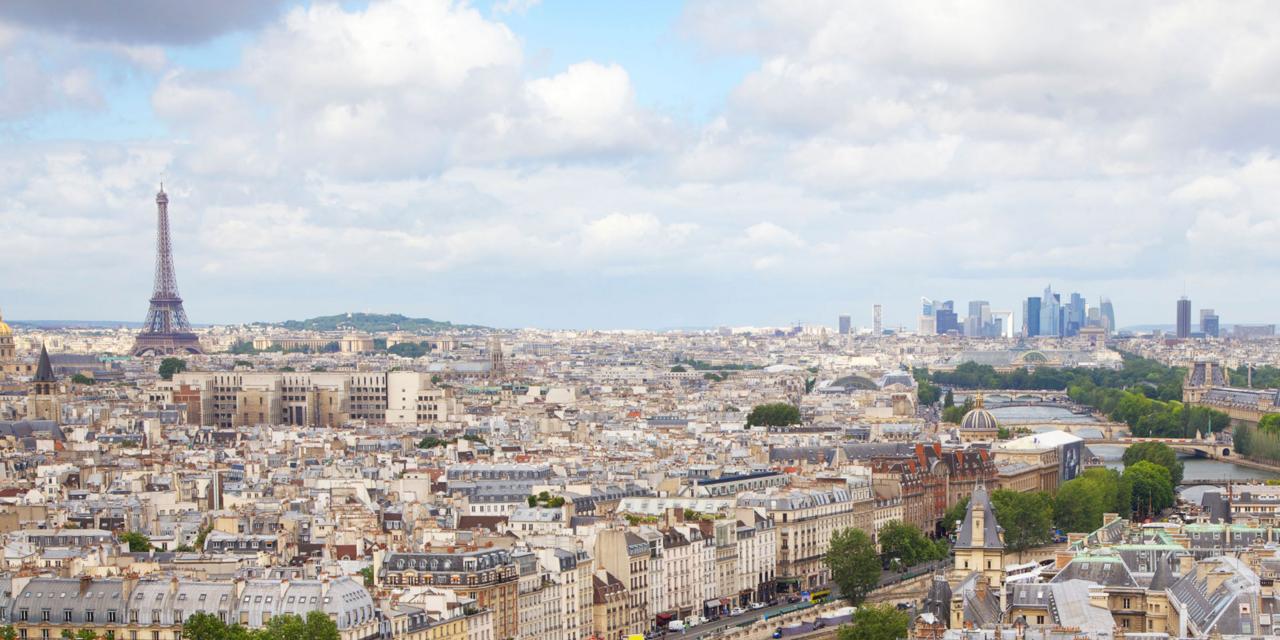
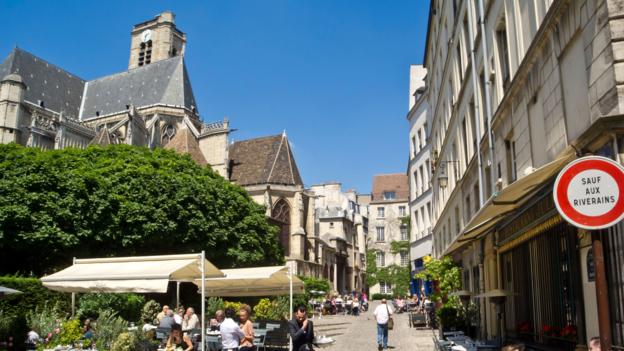
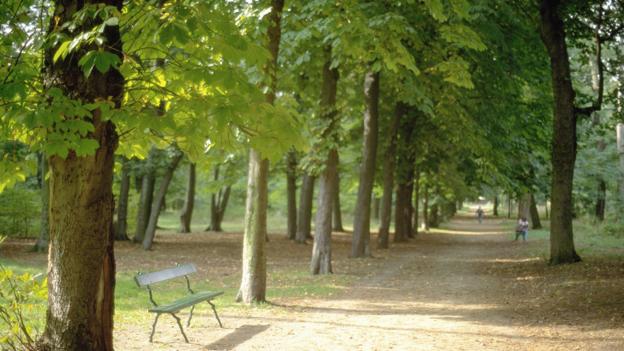
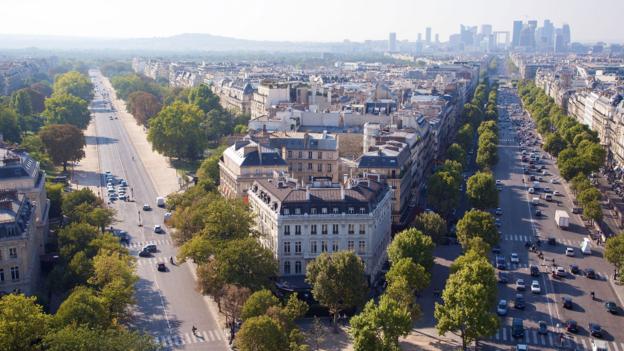
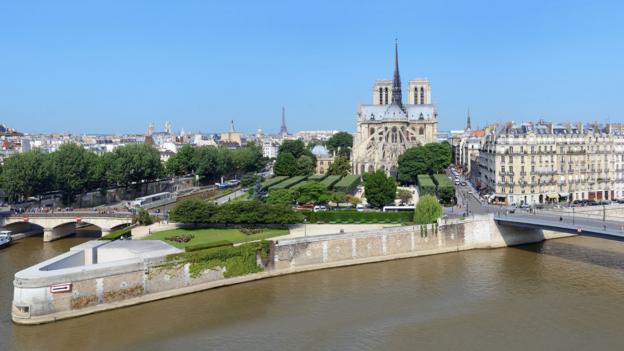

沒有留言:
張貼留言